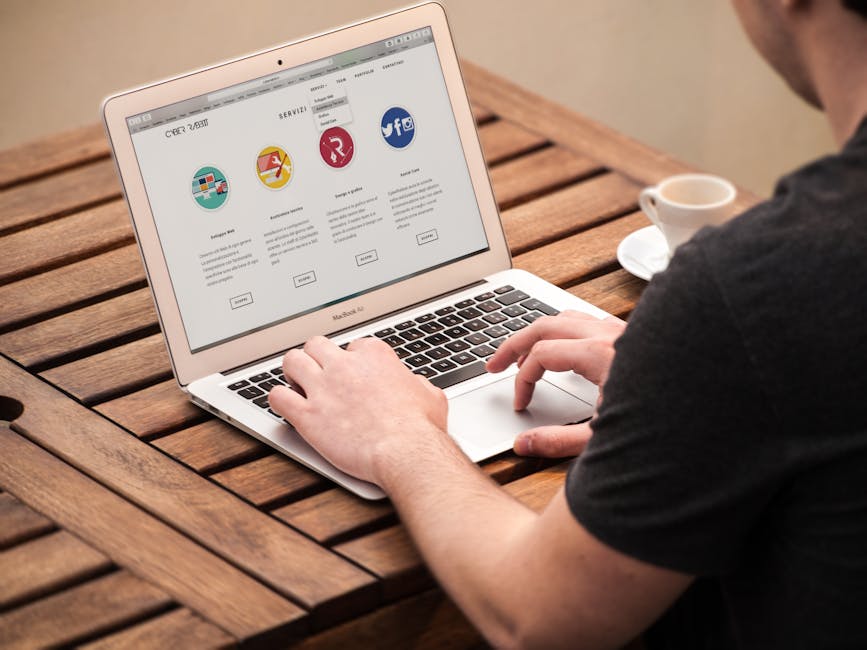What is a Hastag? How Important Is It?
WHAT’S IN A HASHTAG?
You have most probably seen hashtags being widely used on various social media platforms like Facebook, Instagram and most especially on Twitter highlighting the trending topics in the online world. The truth is: hashtags are more than just the most talked about topic. A hashtag may just be a simple number or pound sign, but it can also be a great promotional tool to boost your website and all of its content.
HOW CAN A HASHTAG BOOST YOUR WEBSITE?
- First of all, let us start by discussing the significance of a hashtag. In the age of social media, we can say that hashtags have really been important in making posts, activities, topics more visible and accessible to online users. Since a hashtag is a symbol we affix to a topic that we want to put emphasis on, or to a topic that we want to reach thousands or millions of people locally and internationally, it has been a great tool for content creators to promote their websites or contents.
- It is basically just typing a hash symbol preceding the topic of choice, and that’s it. When online users search for that same hashtag, or even a topic with a similar theme, your content will be categorized as one of the possible choices, allowing users to easily see your work. This increases the chance that they will click on your website and read its contents. In a simple sense, it works like an online filter, which classifies posts for the convenience of the online users. But there are a few pointers that we need to consider should we decide to use hashtags in promoting our content.
THINGS TO CONSIDER IN USING HASHTAGS
- It is important to remember that in using a hashtag in a general sense, especially for promotional purposes, that the characters preceded by the hash symbol should not be separated by a space, there should be no spaces in between those letters or words.
- It is also important to remember that your hashtags should be in line with your website. Of course it is common knowledge to use a hashtag that relates to the content that you want to promote. You cannot just use a hashtag that has nothing to do with your content because that will mislead the users.
- Also, using long hashtags can be a disadvantage because using hashtags that are way too long are not too memorable to online users. That is mainly because, it can sometimes be tiring and hard to remember long phrases so as much as you can use as little words to make it easier for the users.
A NEW WAY
These are only some of the most relevant things that you need to remember if you want to use hashtags as a promotional tool for your website. Hashtags are basically a fresh way to promote your website and its contents. It allows content creators to boost their social engagement and promote their contents in the most modern and convenient way possible.













